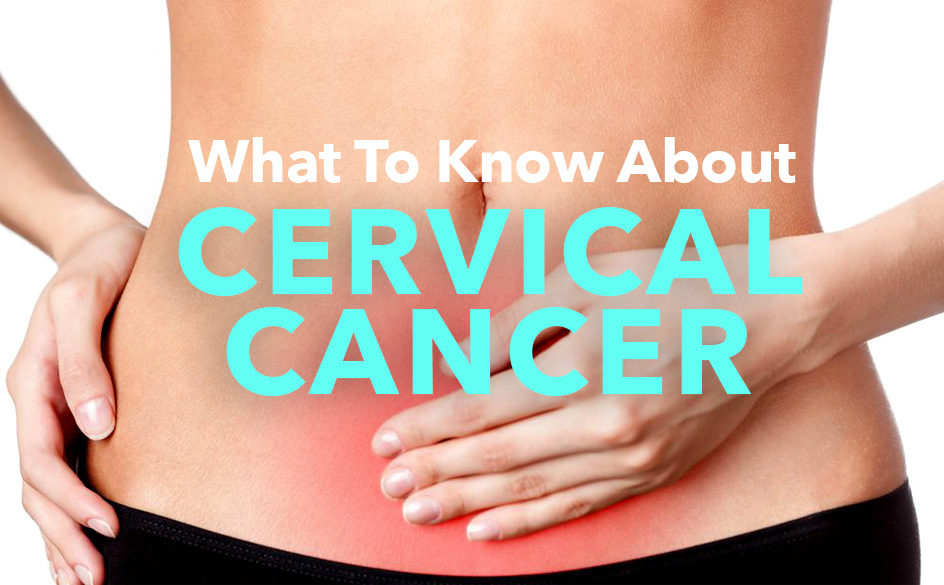Cervical Cancer 101 : What You Need To Know
September 30 2017
Every year there are about 730 new cases of cervical cancer found in Australian women. Most women with early cancer of the cervix will be cured. Even if the disease is not discovered until after it has advanced, treatment is still possible but the likelihood of a long-term cure is lower.
Cervical cancer is often caused by the human papillomavirus (HPV). HPV is very common and 80 per cent of women will have it at some point in their lives. Almost always – 98 per cent of the time – your immune system clears it naturally. But if your body doesn’t clear it, HPV can lead to cervical cancer. Because HPV has no symptoms you won’t know you have it unless you have regular Pap tests.
The following factors may raise a woman’s risk of developing cervical cancer:
- you have or had the Human Papilloma Virus (HPV)
- you have been a regular smoker
- you do not have regular Pap tests
- you are over 35
- you have used a contraceptive pill for more than five years
- you have five or more children
- your mother was given the synthetic hormone diethylstilbestrol (DES), when she was pregnant with you (it was used in the 1950s to prevent miscarriage)
- you have had cervical cancer in the past.
Symptoms can include:
- bleeding from your vagina when you have already been through menopause
- bleeding from your vagina in between your periods
- your period is heavier or lasts longer than usual
- pain during sex and bleeding from your vagina afterwards
- unusual discharge from your vagina.
- excessive tiredness
- leg pain or swelling
- lower back pain.
Treatment options include the following:
- Surgery – removal of your cervix, uterus and fallopian tubes (known as a total hysterectomy and bilateral salpingectomy) and usually nearby pelvic tissue (known as a radical hysterectomy). Some of the nearby lymph nodes (which filter and trap disease) may also need to be removed. Less often your ovaries may need to be removed (known as a bilateral oophorectomy).
- Radiotherapy- to control or kill the cancer. If you have external radiation you will lie or sit near a machine that directs radiation beams at your cancer. If you have internal radiotherapy (known as brachytherapy), a small radioactive device will be put inside your cervix and uterus through your vagina.
- Chemotherapy- Usually involves being connected to an IV or drip for a few hours so the drugs can be released slowly into your body.
If you have symptoms that might be linked to cervical cancer you should talk to your doctor, gynaecologist, or call to set an appointment with one of our medical professionals on 03 5229 5192 (Myers Street Family Medical Practice) or 03 5241 6129 (The Cottage Medical Centre)
